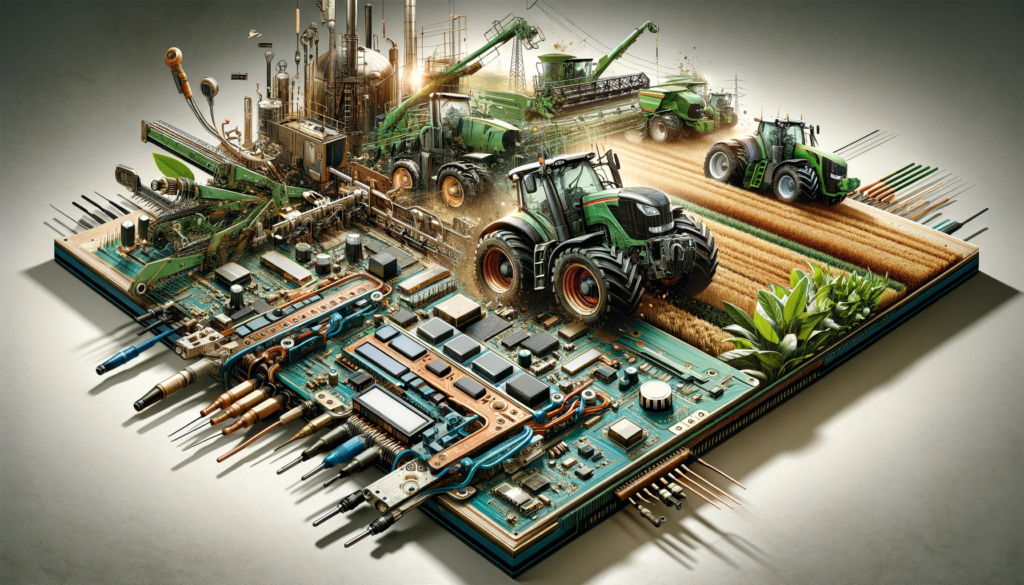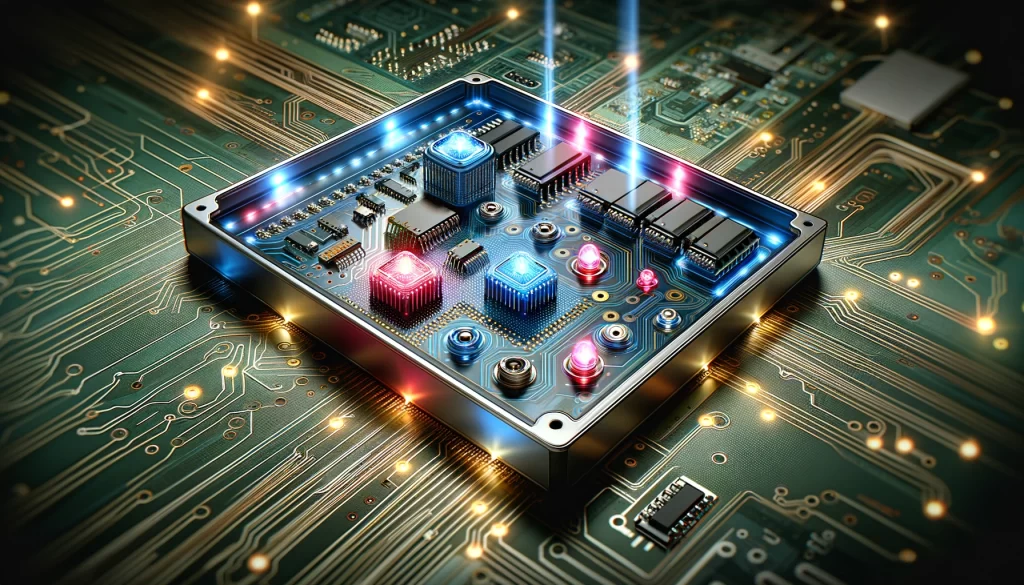In the realm of electronic device design, the choice between traditional mechanical switches and their alternatives is pivotal, impacting not just the user experience but also the cost-effectiveness, durability, and design flexibility of the product. As manufacturers and designers seek to optimize their products for both performance and budget, exploring cost-effective alternatives to traditional mechanical switches becomes crucial. Here’s an exploration of such alternatives, highlighting their benefits and potential applications.
Membrane Switches
Membrane switches stand out as a popular alternative, offering a blend of reliability, durability, and cost-effectiveness. They consist of a thin, flexible layer that can be customized to fit various design specifications and user interfaces.
Benefits:
- Cost-Effectiveness: Lower production and assembly costs compared to traditional mechanical switches, especially for high-volume orders.
- Customization: High degree of design flexibility, including shapes, sizes, and graphics, enabling brand differentiation.
- Durability: Resistant to dust, moisture, and chemicals, making them suitable for harsh environments.
- Compact Design: Thin profile allows for integration into sleek and compact devices.
Applications: Widely used in consumer electronics, medical devices, industrial controls, and automotive dashboards.
Capacitive Touch Switches
Capacitive touch switches detect the presence of a conductive object, such as a human finger, without requiring physical pressure to operate. They use the body’s conductive properties to change the switch’s capacitive field, registering an input.
Benefits:
- Modern Aesthetics: Offers a sleek, contemporary look with the ability to create seamless interfaces.
- Durability: No moving parts, reducing wear and tear and extending the lifespan of the product.
- Sensitive and Responsive: Capable of detecting light touches, improving the user experience.
- Easy to Clean: Smooth surfaces without crevices or gaps, ideal for applications requiring hygiene.
Applications: Smartphones, touch-sensitive controls in appliances, interactive kiosks, and medical equipment interfaces.
Piezoelectric Switches
Piezoelectric switches generate an electric charge in response to mechanical stress. They are solid-state, with no moving parts, and are activated by pressing the switch surface, which deforms slightly to produce a voltage.
Benefits:
- High Durability: Extremely long life due to the absence of mechanical parts that can wear out.
- Waterproof and Vandal-proof: Ideal for outdoor and public use applications where exposure to elements and tampering is a concern.
- Energy Efficiency: Requires very little power to operate, making them suitable for battery-operated devices.
Applications: Industrial controls, outdoor keypads, and public information kiosks.
Touch Screens
Touch screens provide an interactive interface that combines display and input capabilities, allowing users to interact directly with what is displayed.
Benefits:
- Versatility and Interactivity: Enables complex interactions, including swiping, pinching, and tapping.
- Space Efficiency: Combines multiple controls into a single interface, saving space on the device.
- Customizable Interfaces: Allows for dynamic changes to the interface based on software, making it adaptable to different applications or user preferences.
Applications: Smartphones, tablets, information kiosks, and automotive infotainment systems.
Conductive Polymer Switches
Conductive polymer switches use a change in resistance of a conductive polymer to register an input. They are known for their thin profile and flexibility.
Benefits:
- Thin and Flexible: Can be integrated into flexible or curved surfaces.
- Cost-effective for Large Areas: Suitable for applications requiring large touch-sensitive areas.
- Durable: Resistant to environmental factors and have a long lifespan due to the lack of mechanical wear.
Applications: Large interactive displays, flexible control panels, and wearable devices.
Conclusion
Each of these alternatives to traditional mechanical switches offers unique advantages in terms of cost-effectiveness, durability, design flexibility, and user experience. The choice among them depends on the specific requirements of the application, including the operating environment, desired user interface, and budget constraints. By carefully considering these alternatives, designers and manufacturers can create innovative, user-friendly, and cost-efficient products that meet the evolving needs and expectations of consumers and professional users alike.



